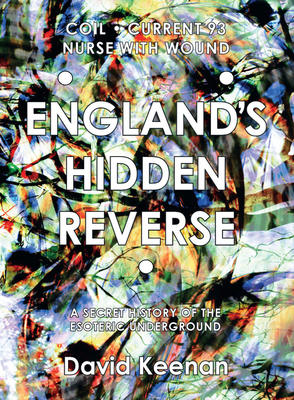What do you think?
Rate this book


Definitive history of Coil, Current 93 and Nurse With Wound-a peculiarly English underground phenomenon. Deluxe paperback edition of last season's bestseller, written with full co-operation of all three bands. Lavishly illustrated with color and black & white photos, including a CD of material from Nurse With Wound, Current 93 and Coil. Cover designed by Stephen Stapleton.
"A superb document that effortlessly unravels the intricacies of his protagonists and their relationship to post industrial England."-The Wire
528 pages, Paperback
First published January 1, 2002